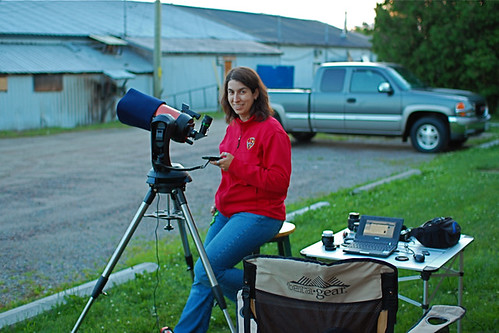So one of Jennifer’s co-workers gave our phone number to one of her friends, who just called to ask if he could bring his granddaughter to visit the snakes.
I don’t know what gave her co-worker the right to do such a thing. It’s as if she had a swimming pool, and I invited my friends to swim in it.
I mention this in my reptile FAQ, and it seems I’m going to have to be more explicit about this from now on: we’re not a zoo. You don’t have the right to so much as ask to see our reptile collection, because you’re essentially trying to invite yourself into our private home. It’s especially inappropriate if, as is often the case, we haven’t met — or you’re calling us because a friend, or a friend of a friend, gave you our number.
If you’re a friend of ours and have a nephew or granddaughter who’s interested in snakes, we’ll probably give you an invitation. But it has to come from us, and be on our terms. If friends start passing out our number without our permission, they won’t be friends for much longer. And if co-workers start doing it, there will be consequences in that arena, I promise you.
We do not let strangers into our home — and for good reason: we’ve even been robbed by a delivery guy. And while we’re happy to teach people about snakes, we draw the line at letting strangers into our home to do it.
Especially when it’s clear that what people really want is a free one-on-one tour. Little Ray’s costs $10, and if you want that level of one-on-one attention, pony up for a birthday party or something. I’m sorry, but our time is valuable — we each bill at around $30 an hour — and it belongs to us.



